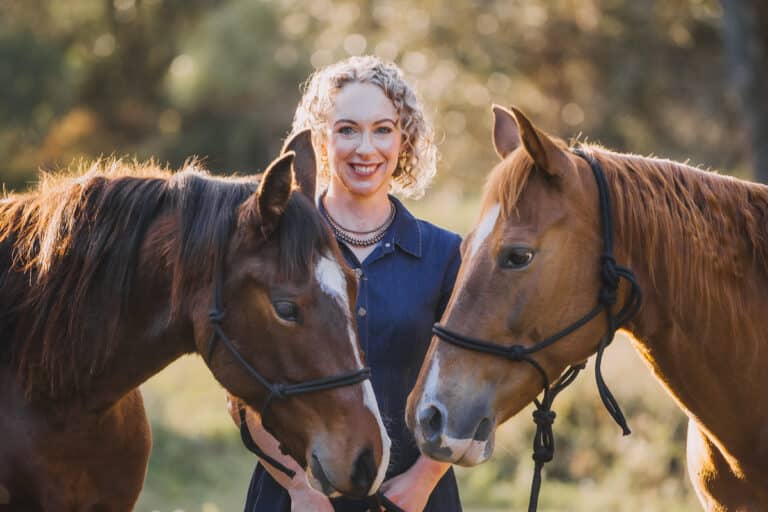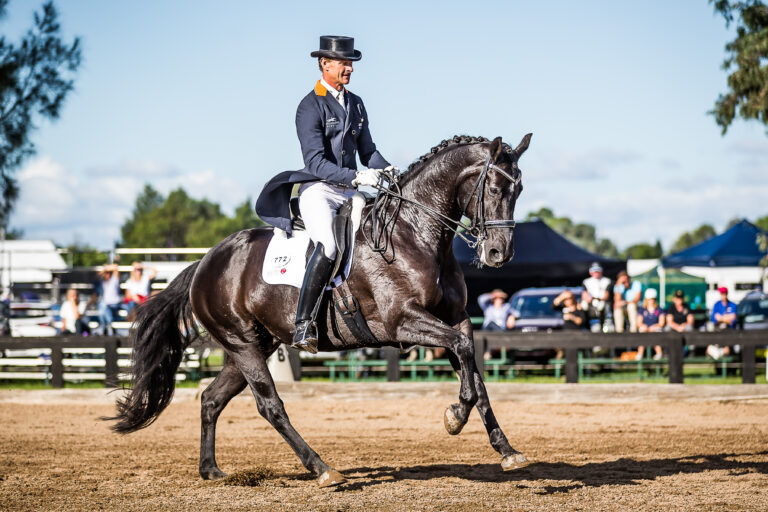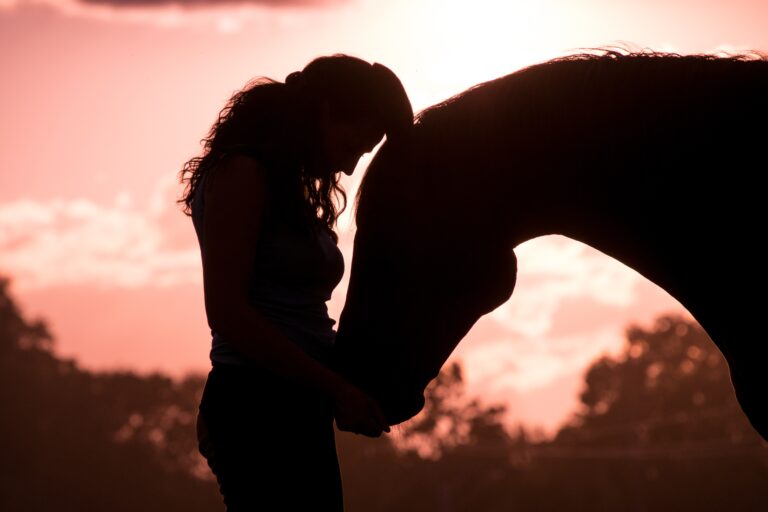This article has appeared previously with Equestrian Life. To see what’s in our latest issue, click here.
© Franz Venhaus
By Dr Kerry Mack
I have got so many things I would like to ‘talk’ to you about. I thought I would start at the beginning. When you first got up onto a horse the first thing you would have been taught was how to hold the reins.
Now this is really important and sometimes we forget the intricacies of it. It’s important because it is one of the things that defines or limits the quality of the connection we have with the horse. Note that contact is the third quality on the training scale. Connection, contact, attachment, these are all ideas with a physical meaning and also a meaning about relationships. They are ideas I use all the time in my psychotherapy work and in my riding. At one end of the reins is our hand and at the other is his mouth, so we can feel with our very sensitive hands the state of his mouth. So can he, with his sensitive mouth feel the qualities of our hands. We should continually ask ‘is the mouth relaxed”. I believe that the mouth will not be relaxed unless we have a relaxed hand. If the mouth is relaxed the jaw will be relaxed and the poll is likely to be relaxed. We talk about relaxation in the poll but we can’t feel it directly like we can the mouth. In France in the 1700s Baucher wrote about this.


The correct way to hold the reins makes our hands weak and therefore softer and potentially responsive. The hand must be held in a closed fist, not with the fingers open, so we have a firm grip, so we can be sensitive to the feel at the other end of the rein. The wrist should be softly flexed. Flexed wrists are weaker and more sensitive than extended wrists. The thumbs are a roof on the top, but thumbs must be bent (flexed). Flat extended thumbs lead to a stronger less sensitive hand. There should be a vertical line through the fist, and the hands should be about a fist width apart. We all know about the straight line from elbow to mouth. The whole arm moves from the shoulder into the connection. You were probably told to keep your hands still. In general the hands should be still in relation to the horse’s mouth. At trot the head should be still and so should your hands. At walk however the head moves forwards gently and the hands should follow.
The hands should be carried in front of the body, not pulled back toward the body. This carrying encourages the concept of riding from the back to the front. We should not be pulling the reins to make the horse round. Of course we must not grab onto the reins to keep our balance. Our hands should be independent of our balance. If we want to have a good connection with our horse in both the physical and the relational sense we must hold the reins correctly.
Riding is about good habits. Repetition makes habits. Whenever we ride we must practise the exactly correct way to hold the reins – stay tuned for my next update soon!
READ THE LATEST NEWS ARTICLES HERE








